ADDRESS AT THE VILLAGE CITIZENS OF SUALKUCHI, SUALKUCHI, ASSAM
17-10-2006 : Saulkuchi, Assam
I am indeed delighted to visit the Sualkuchi village famous for embroidery. My greetings to the weavers, craftsmen, members of the cooperative society and the people of this region. I am happy to note that the more than 5000 households having the population of about 30,000 residents at Sualkuchi has the pride of embroidering the name of Assam first in the national and recently in the international markets by its excellent and two of the finest silk fabrics hitherto available in the world: Muga and Mulberry silks.
I understand that Sualkuchi presently possesses nearly 17,000 handlooms for both Muga and Mulberry silk fabrics. It now produces mulberry silk fabrics of 2 lakhs KG mulberry silk and Muga fabrics of 98,000 KG annually against the total consumption of 4,38,870 K.G Silk yarns in Assam. The total value of 31 lakhs linear meter Sualkuchi will be approximately Rs 7800 lakhs annually.
Presently A weaver earns Rs. 3500 to Rs. 5000 as his/her wage besides free food and lodging. I am happy to see that nearly 22,000 people are employed in the handloom and its associated sectors. Once an agriculture village, Sualkuchi has been emerging gradually into a township with modern infrastructure. I call a town in the making in the rural atmosphere.
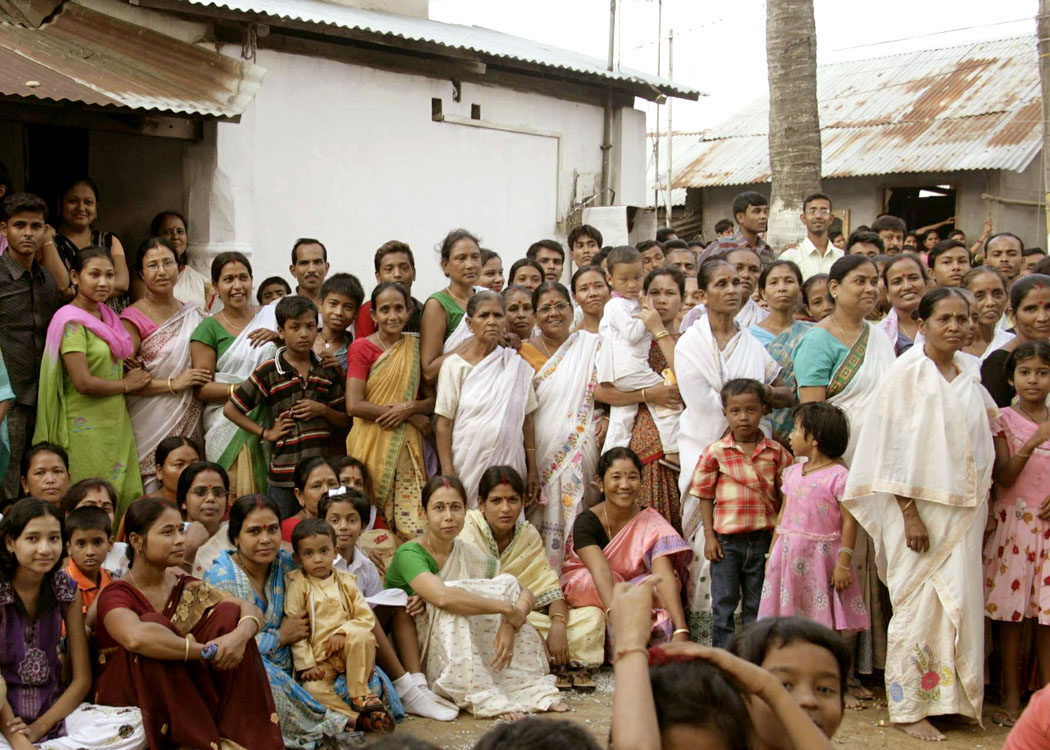
Here, I would like to share one successful experience of silk industry in Kancheepuram where technology, training, partnership and marketing have produced spectacular results.
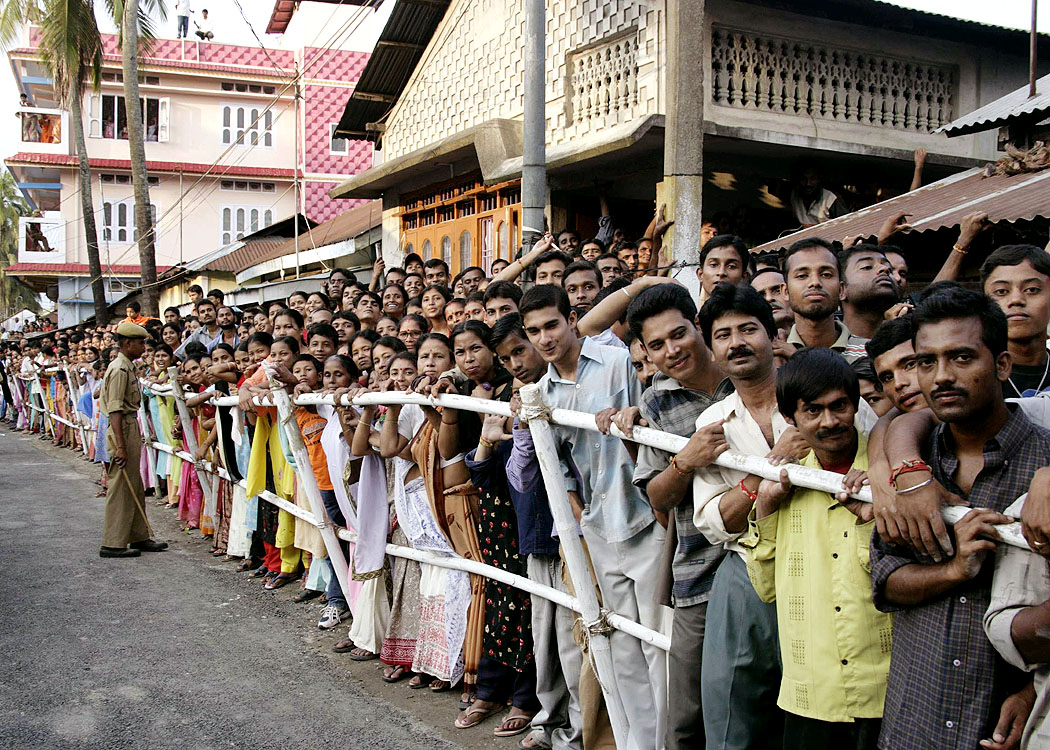

Kancheepuram Story
The silk industry in Kancheepuram is one of the fastest growing industries in India. The industry currently employs more than 30,000 weavers in the art of saree making. The industry had to compete with the synthetic fiber industry in many aspects. The industry was on the brink of extinction due to the obsolescence of the designs and design making procedures. This is because, design adds splendor to a saree and forms an integral part of its exquisiteness. Introduction of computerized Jacquard borders in Kancheepuram silk saree has helped in the revival of the industry. The use of ICT has not only helped in creating new and complex designs but also reduced the time involved in the design. There has been an increase in the exports. The acceptance of these silk sarees by the consumers has also increased with the automation of designing process. Visualization of saree designs ahead of its production and the ability to create new color combination at the click of a mouse has increased the flexibility and reduced the time for realizing new designs. Though the materials and the techniques are changing with the market demand, the motifs are still conventional to hold the custom and tradition of the Kancheepuram saree. The silk industry in Kancheepuram has transformed into a high growth industry by opening up new avenues for the traditional weavers. The example illustrates that computer aided design can help renewal of a traditional industry provided the new technology is simple to use and users are trained properly.
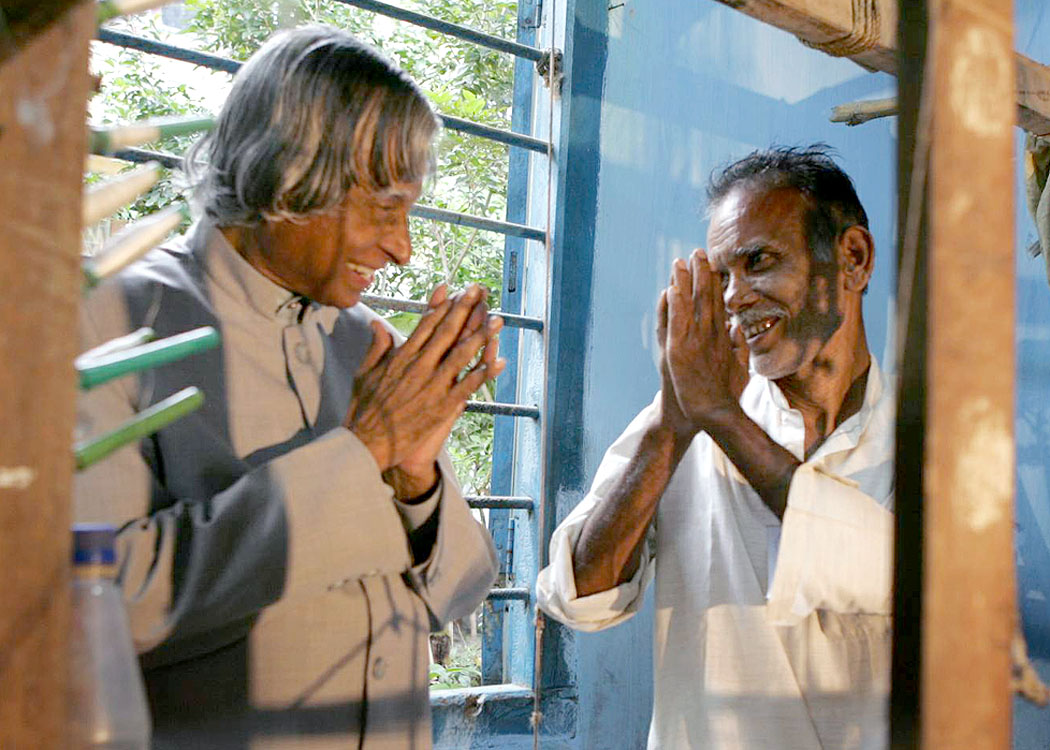

One Village One Product
I would like to mention the handicraft promotion work taking place at Chhindwara and Seoni in Madhya Pradesh with governmental and JETRO of Japan, cooperation for the promotion of ?One Village, One Product?. Here the development of interior life style articles is taking place with the suggestions from JETRO technical experts. After prototypes are made, the product is being sent to Tokyo market for presentation in exhibitions for getting a feedback from the users. The feedback is used to further improve the product for making it acceptable for sale in the international market. A similar model has been followed between Thailand and Japan which has resulted in the development of 26 products being produced in 26 villages with an annual turn-over of Rs. 300 crores.
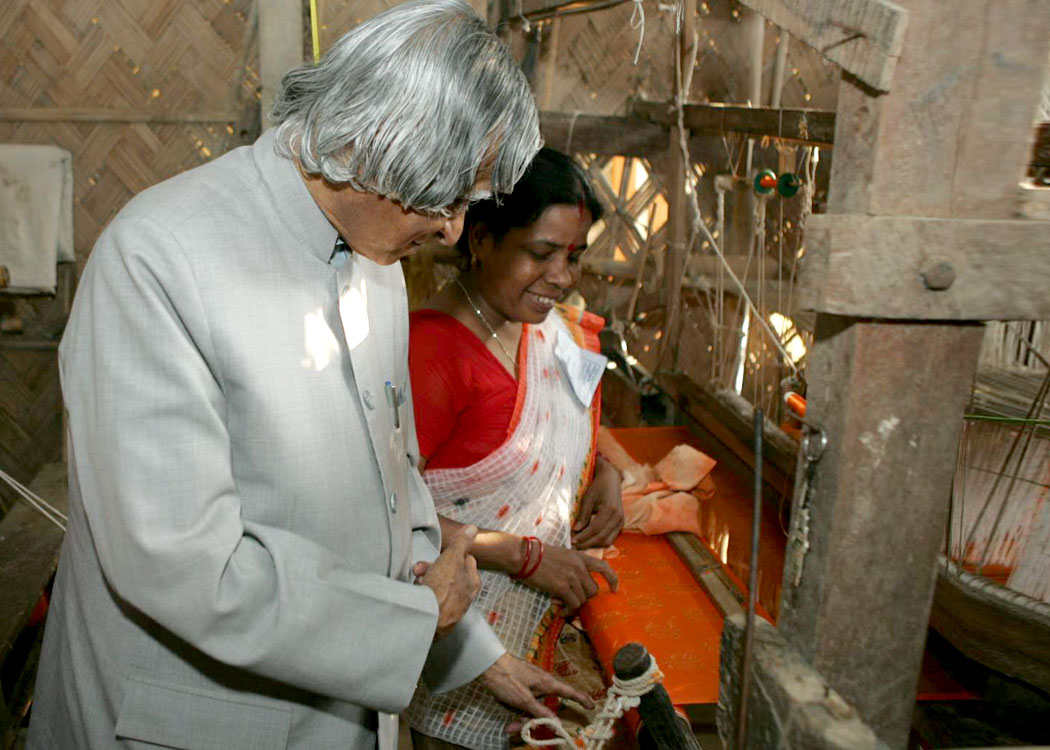
What is needed is application of technology for quantity, quality and variety production of these products for servicing in the national and international markets with management stewardship. You may select one life style product from each PURA (Providing Urban Amenities in Rural Areas) complex in this region and prepare the product for sale in international market. PURA envisages a rural transformation through a sustainable development in the 20-30 villages as cluster.
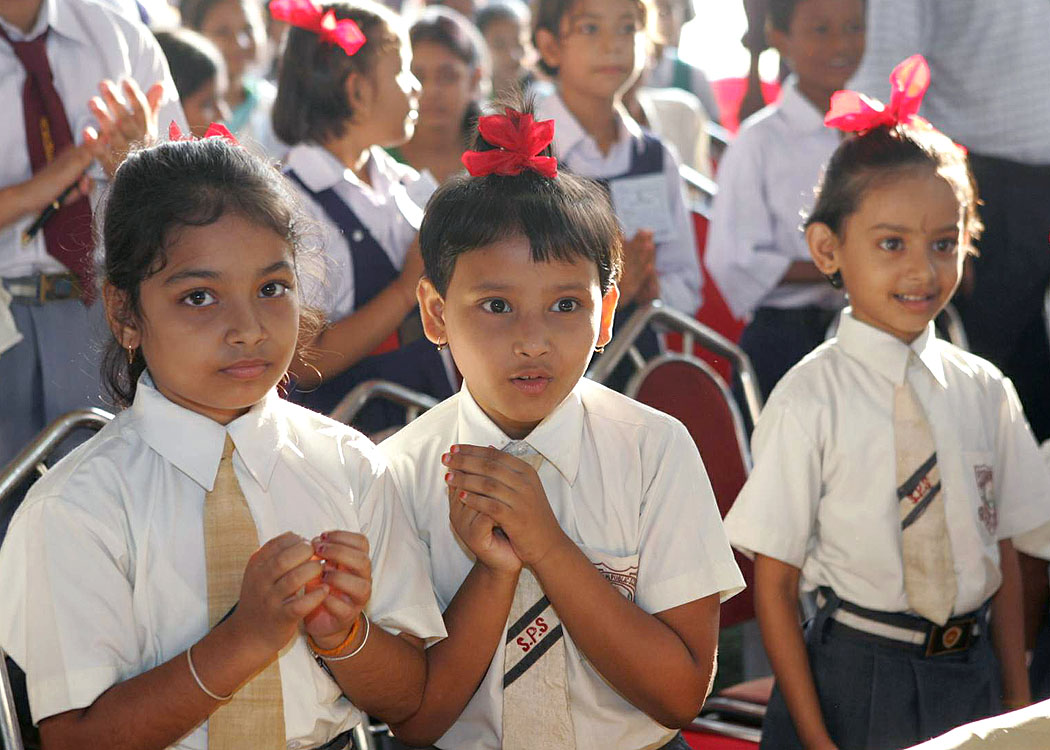

Conclusion
Craft persons and weavers are an important component for our upliftment of rural economy. Over 12 million people are earning their livelihood from this industry. For example, in Nagaland and Arunachal pradesh every house weaves, knits and produces gadgets using the animal horns and other natural inputs and become a family craft centres. Most of the items are used by themselves and rest of them they sell in the barter basis in the local markets. We have seen some of island of success and number problems faced by the industry as a whole. Concerted action is needed to promote this industry into a thriving wealth generator bringing prosperity to rural craftsman and weavers.
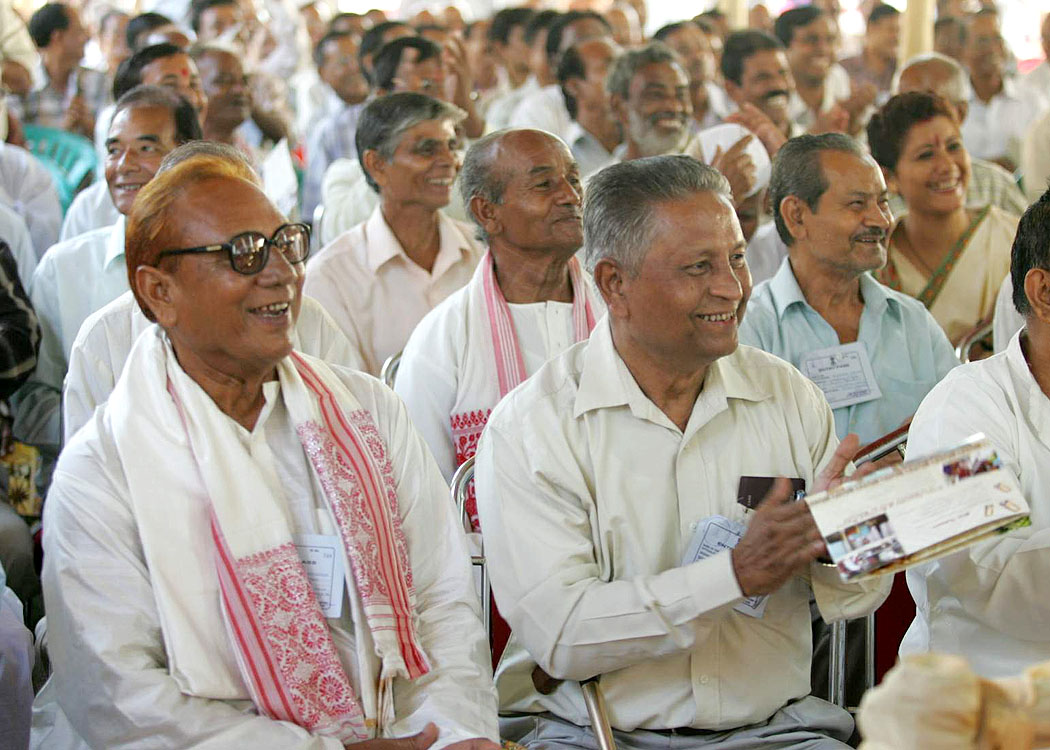
I am reminded of a Tamil saying:

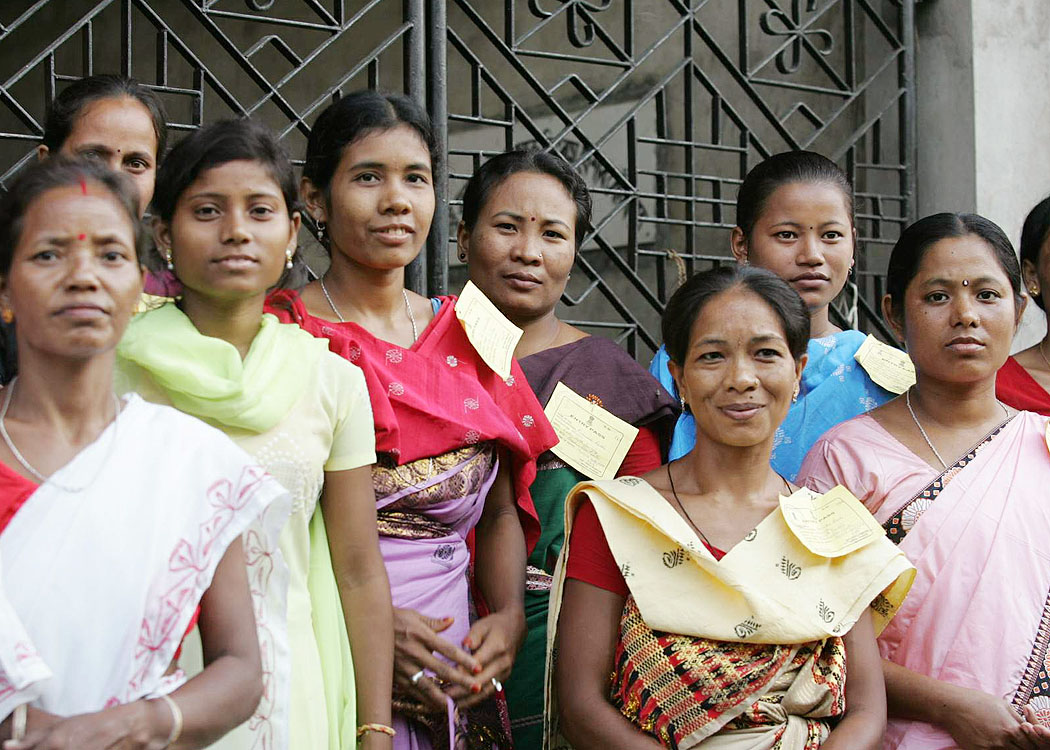
Which means that the dress that a man wears makes half the man - Thus if you create good garments and not stop with just weaving only cloth, you will make half of our Nation - Then we can go on to capture half of the world.
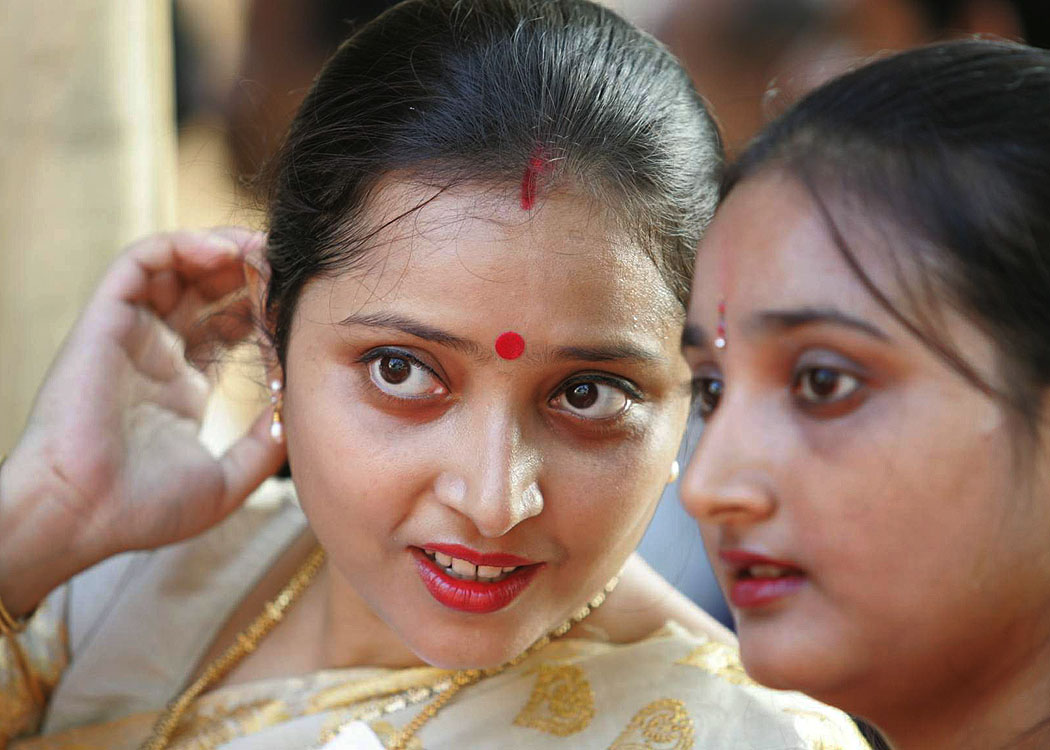
I am sure that these initiatives by the state and central governments and also successful entrepreneurs will bring prosperity and happiness to our traditional weavers, craftsman, and artisans and give a thrust to the rural economy.
My best wishes to the people of Sualkuchi.
May God Bless you.
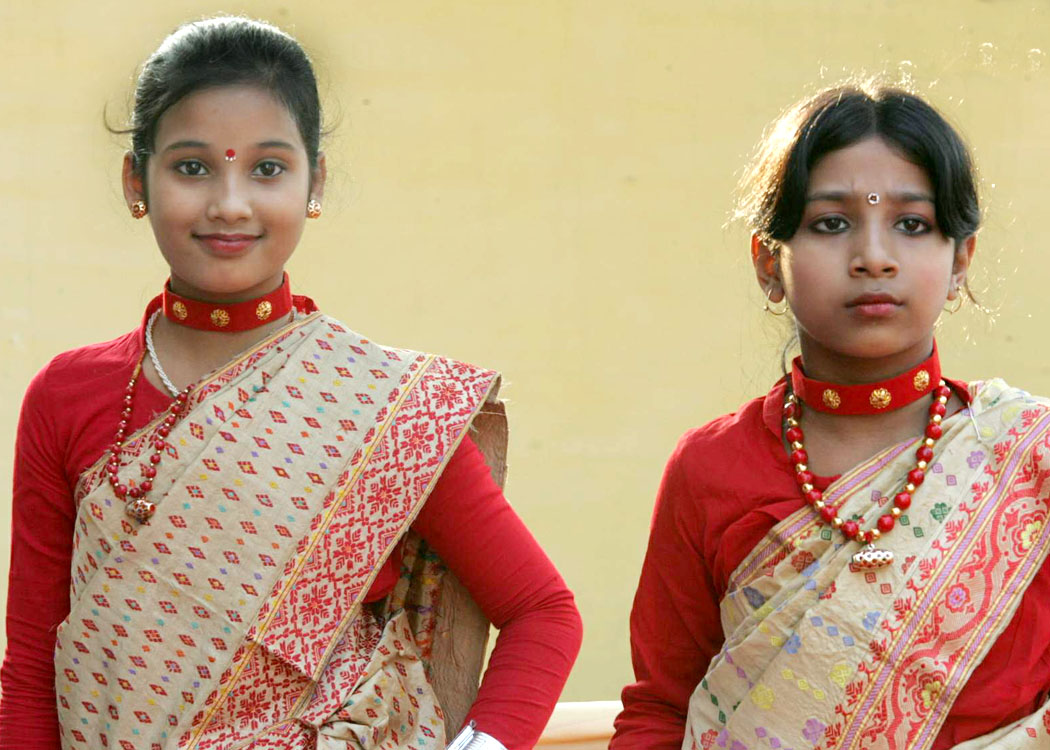
<<Back
|